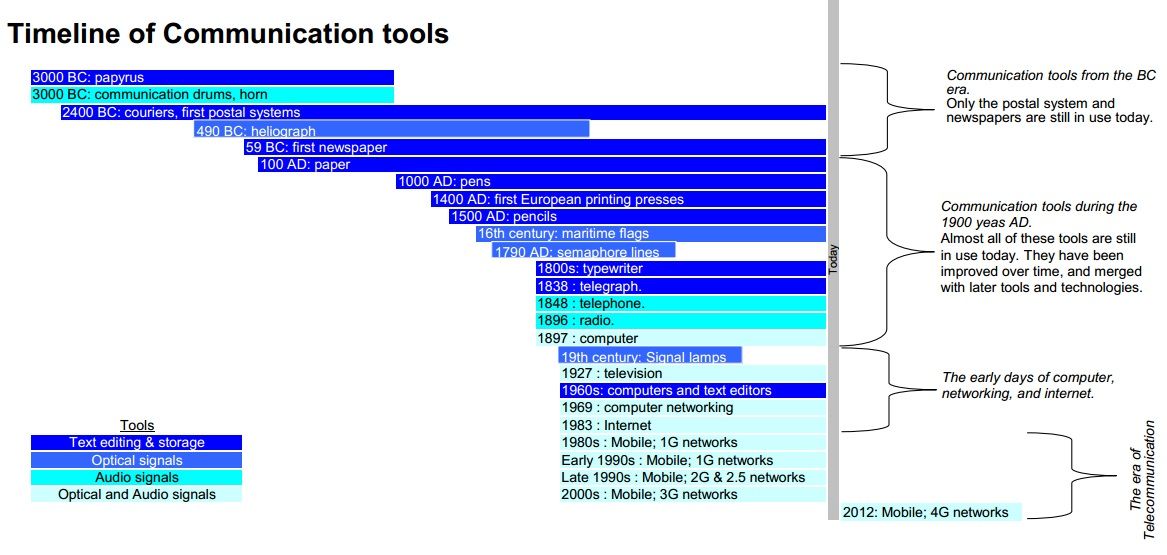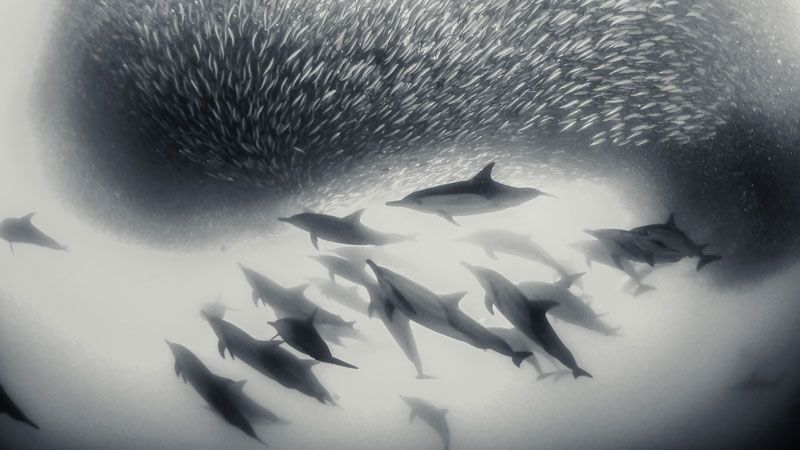Can technology improve collaboration?


In botanic gardens and collection management, we often find that fruitful collaboration can play a vital role in the garden’s pursuit to reach its goals. The importance of having the ability to innovate and adapt in our industry cannot be overstated. We are continuously presented with exciting new innovations, many of which can radically change the way we perceive actions and processes.
“It is the long history of humankind (and animal kind, too) that those who learned to collaborate and improvise most effectively have prevailed.”CHARLES DARWIN
From the first humans, we have demonstrated an impressive ability to adapt and evolve. From the advent of the mechanical computer in the early 19th Century, to the first prototype of the Internet in the late 1960s, our capability to innovate and better understand the world we live in, has grown exponentially. This growth is still continuing.

Innovation in plant conservation and botanic gardens
Comparing the situation in plant conservation today to ~30 years ago, it is clear we have made significant progress. Plants were relatively neglected by conservation organisations in the 1980s, and there were fewer joint efforts in tackling the cumulative loss of plant species. Today, the desirability of collaboration among botanic gardens is obvious.
A similar philosophy exists with botanic data management challenges: keeping track of plant taxonomy, nomenclatural changes, descriptive literature, collection origins, and the whereabouts of vast numbers of plant specimens in a garden. These require complex systems and portals.
Collectively, this large volume of data can sometimes be known as “big data” – but it is not the amount of data that is important, but rather how the data can be analysed for insights that lead to better decisions in gardens and for plant conservation.
How technology facilitates collaboration

Coupled with the rise of “big data”, is cloud technology and the increasing use of community-driven collaboration. Providing services – from storage and databases, to networking and analytics – over the internet offers “faster innovation, flexible resources, and economies of scale”.
It also allows the design of software applications as suites of independently deployable services (“microservices”), that can run with a lightweight resource application programming interface (API). This is a very exciting potential for collection management, which does not risk becoming over-engineered, too complex, and sophisticated as a conservation and decision-making tool.
“Great things in business are never done by one person. They’re done by a team of people.”STEVE JOBS
By allowing new microservice architectures, an API-first approach helps manage the complexity of working in the cloud. It also allows the introduction of new features as independent services accessed by the API – meaning a more seamless experience, both for the user and the developer! Such an approach is also vital in providing a platform that allows cross-institutional collaboration and secure data sharing.
Case study
An example of how technology and data sharing has supported collaborative plant conservation is with California Plant Rescue, a seed banking initiative comprising ten botanical institutions. A suite of tools was developed to support the work – including a web-based accessions database, a mapping application for collections targeting, and a web-app for prioritising species collections. Integrating combined datasets was pivotal to the success of this project, which has since received a further $3.6 million in funding.
As botanic gardens have undergone evolution and diversification of purpose, so too must the tools used to manage plant collections. It is clear that a data-integrated, institutionally-connected, and collaborative environment is one of many keys to a successful digital transformation!
We want to do what we can to help you on that journey.

Webinar on 5th May – Mapping, what’s missing?
We would also like to take the opportunity to remind you of our webinar on 5th May. We will focus on how mapping is used in botanic gardens today and discuss what users might be missing. We will also have time to share some feedback on the use of high precision GNSS equipment.
Spatial tools in botanic gardens – are we missing anything?
For more details on how to sign up, visit: https://botanicalsoftware.com/events/event/plant-records-webinar-5th-may-2021/
Scientific Names Demystified
Earlier in April, we hosted a “Candide talk” with all our colleagues titled “Scientific Names Demystified – The language of plant taxonomy”. The recording is now available on our YouTube channel and is suitable for anyone who is new to the wonderful world of plant taxonomy or would like a refresher on the topic.
Further reading
Exponential Technology Continues to Accelerate—But Why?
https://su.org/blog/exponential-technology-continues-to-accelerate-but-why/
The Evolution of Communication: Effects on the World of Science
https://sci10sectionm.wordpress.com/2013/12/08/the-evolution-of-communication-effects-on-the-world-of-science/
The moral ambiguity of Blockchain in the Tech Universe
https://medium.com/@nigelengelbrecht/the-moral-ambiguity-of-blockchain-in-the-tech-universe-228089b85b00
Collaborate or Die
https://www.huffpost.com/entry/collaborate-or-die_b_921758